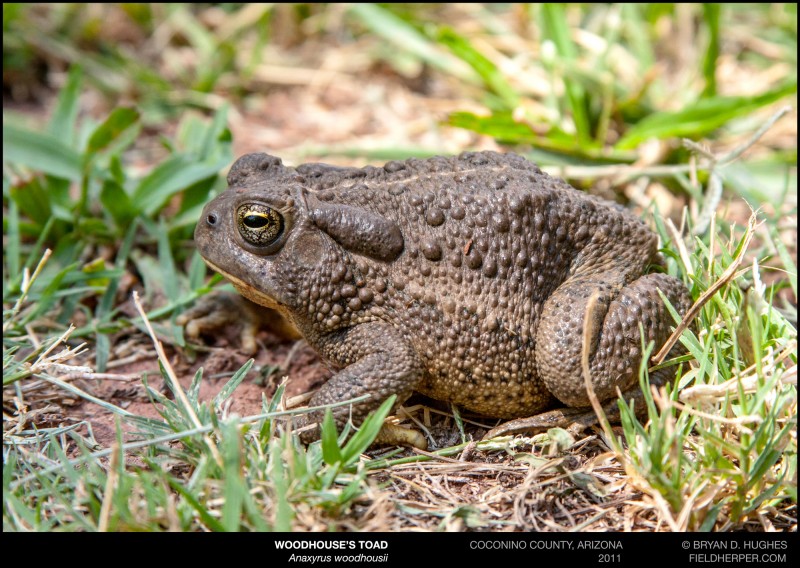Photographed in the flats leading to the lower bajadas of the Belmont Mountains.
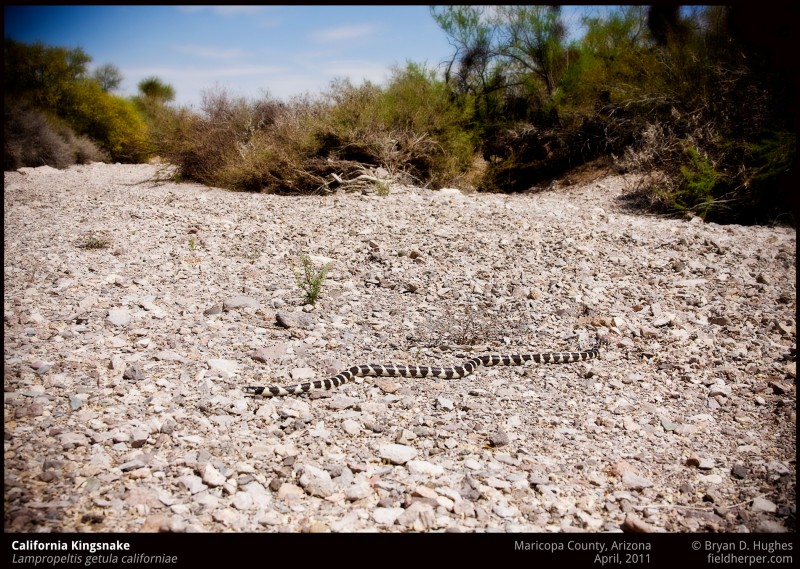
… a little perspective.
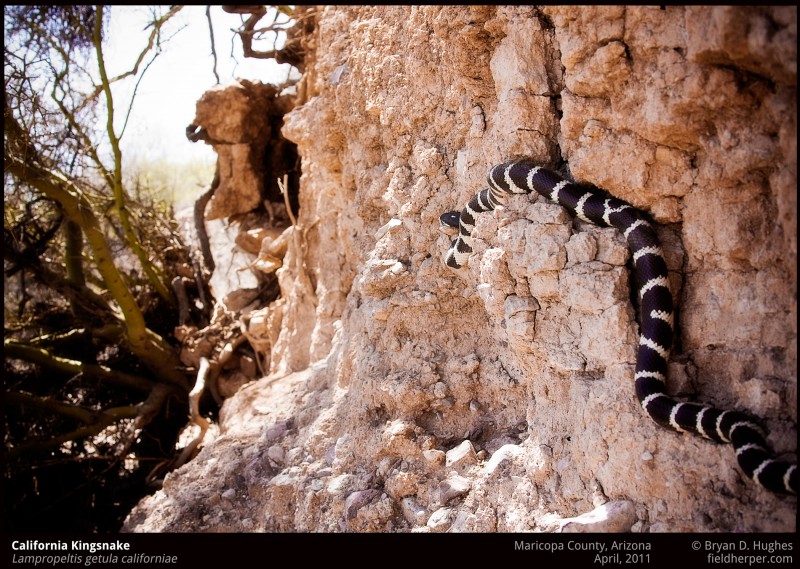
Photographed in the flats leading to the lower bajadas of the Belmont Mountains.

… a little perspective.

Being from Arizona, and born in Oregon, it’s pretty cool to see someplace that’s so alien. Aside from just being so wet, green, and full of life, about every plant and animal was something new. Even the things that aren’t natural seemed odd, being older than 100 years old.
Old something or another in a field (while photographing a milksnake)
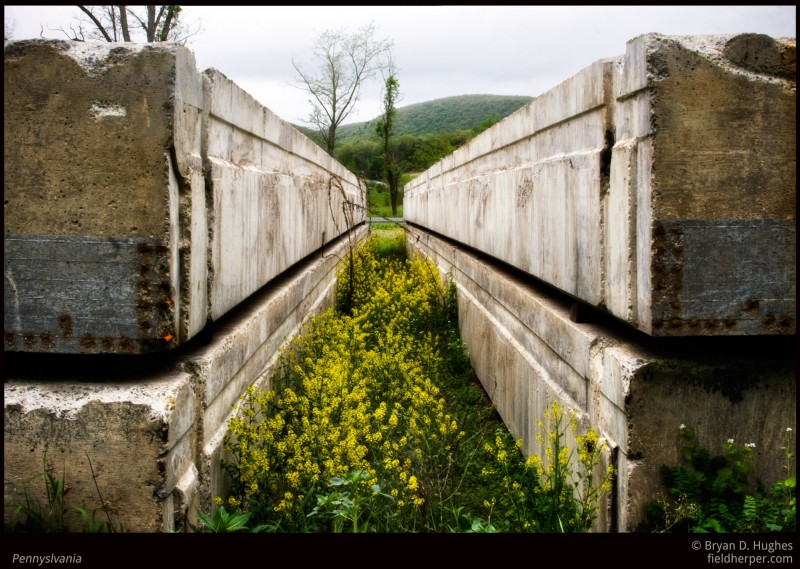
Limestone cliffs, caves, and amazing places everywhere:
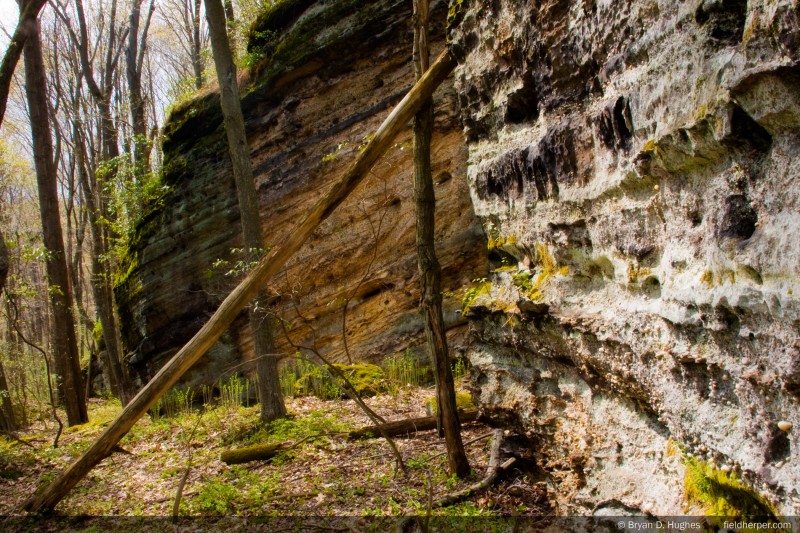
Being from Oregon, green is familiar, but deciduous-everything was not. We hiked through miles of this habitat …
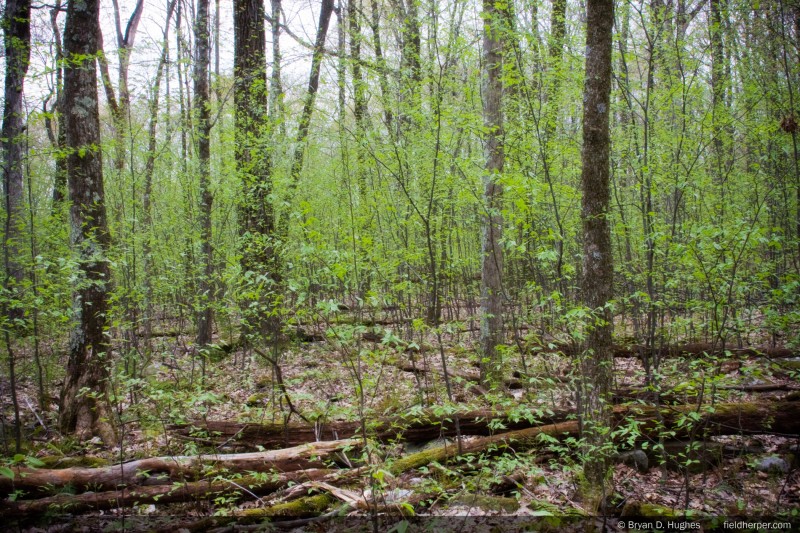
… looking for suitable basking areas like this …
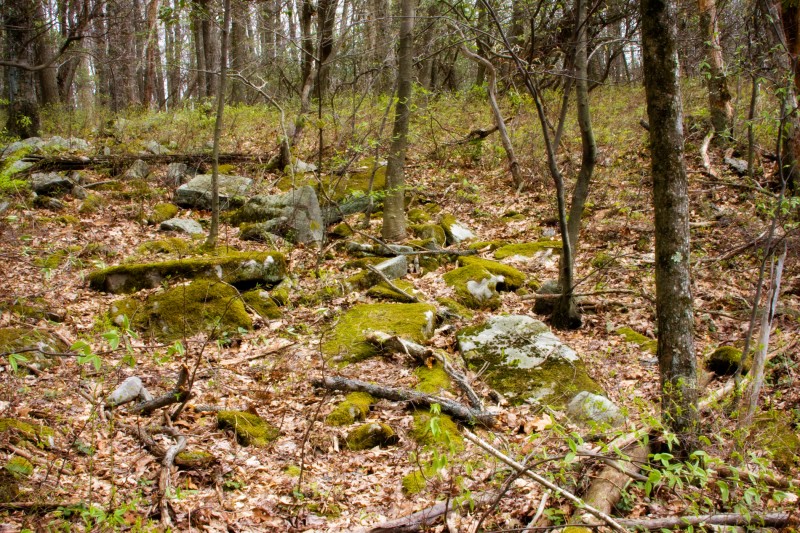
… finding weird little creatures like these, which look like lizards but clearly are not (we have just one species of Salamander in Arizona, which are not under every single surface as they are in PA) …
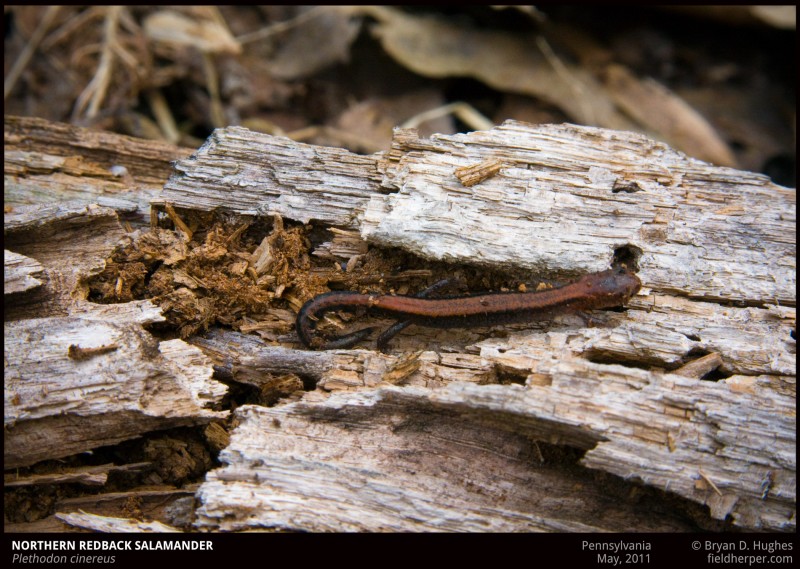
… eventually leading to our target, the amazingly stocky (in relation to our skinny desert snakes) Timber Rattlesnake, Crotalus horridus.
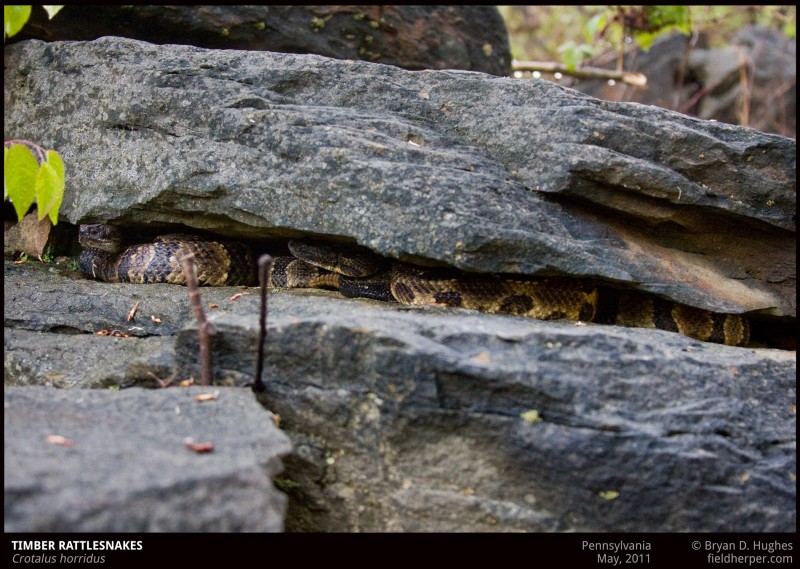
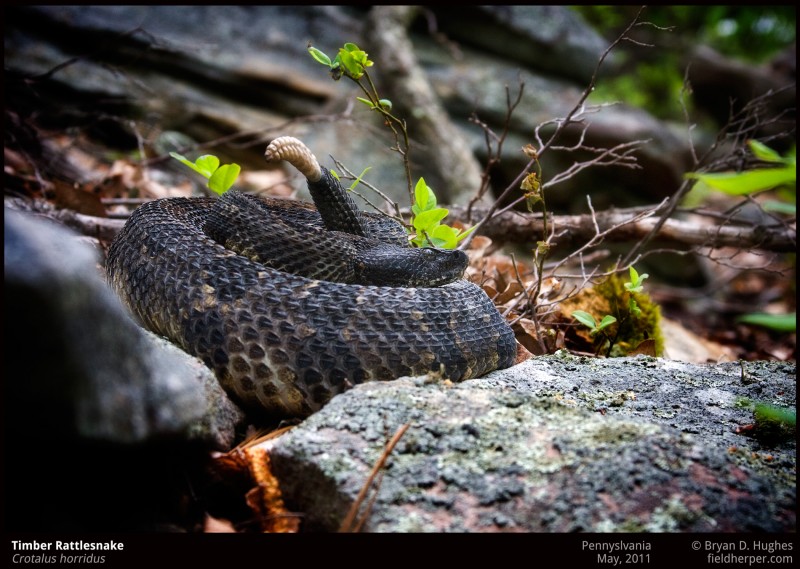
This little worm-looking deal is a New Mexico threadsnake, and I was only tell it from the more common threadsnakes in the rest of Arizona by squinting really hard to count head scales. This was found in the rain one night after cruising up a couple of banded rock rattlesnakes and a ridge-nosed rattlesnake, so it was a pretty good night.
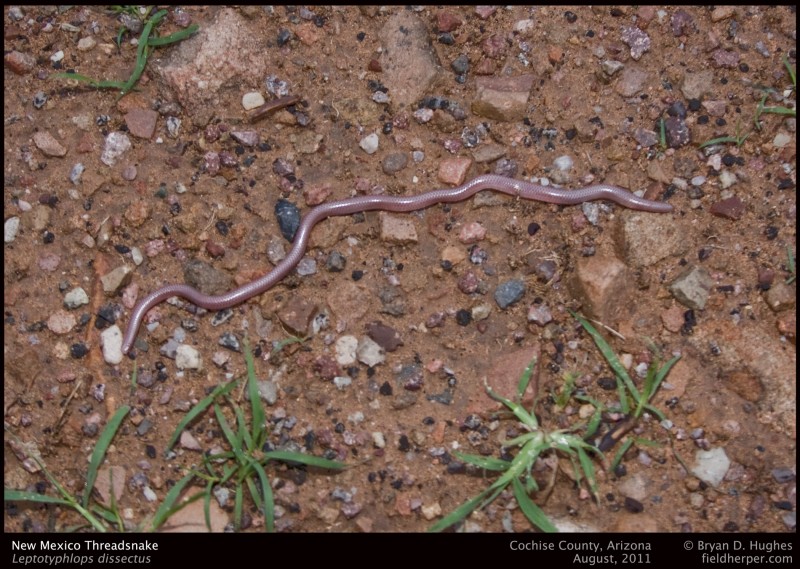
This is the one and only black ratsnake that I have seen in the wild, on one of my trips to Pennsylvania a couple of years ago. It’s always fun to see a big constrictor that isn’t a gophersnake! This one was leaving the roof area of a nature center where we were photographing Eastern Massasaugas, with a squirrel in it’s belly.
I notice that I’ve labeled this differently, probably due to having processed these at different times and being unsure of the taxonomic changes that have been going on with this genus. Anyone care to correct me?
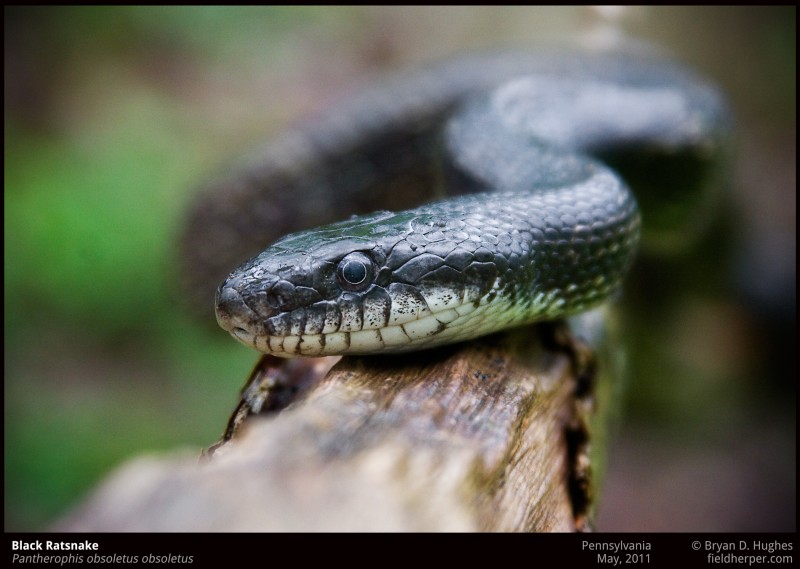
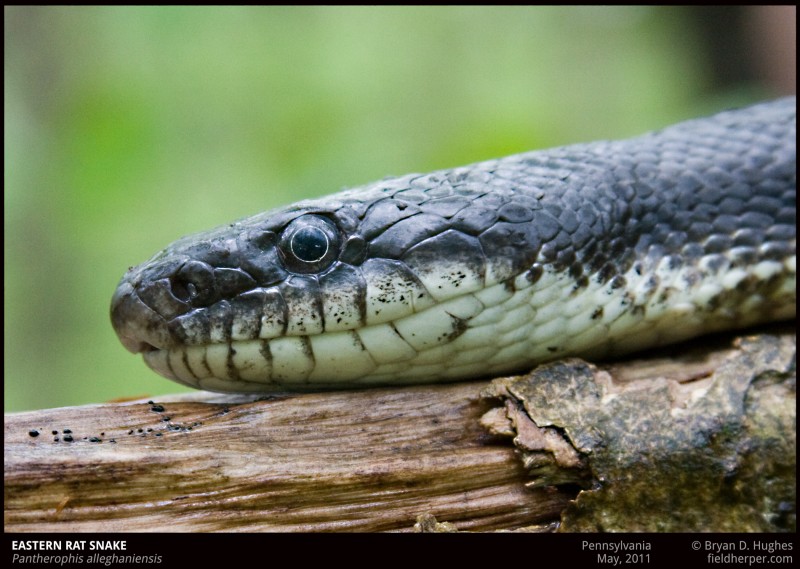
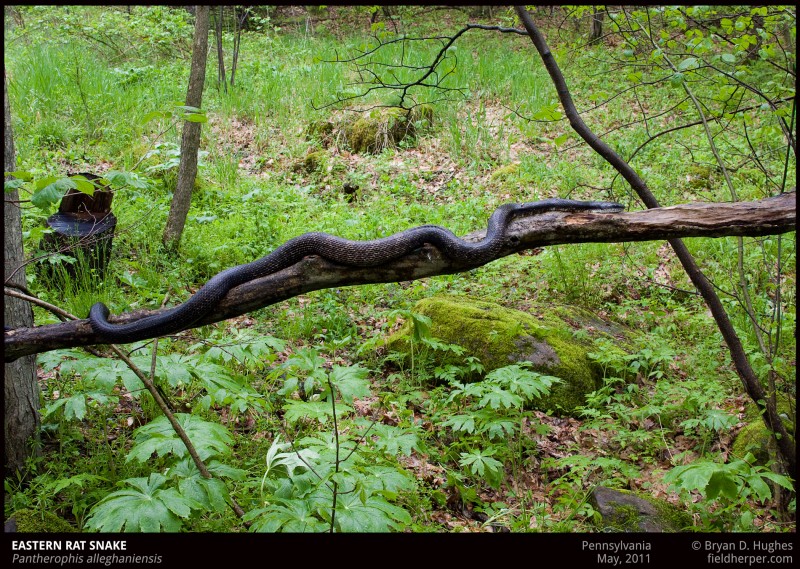
Everyone photographing him:
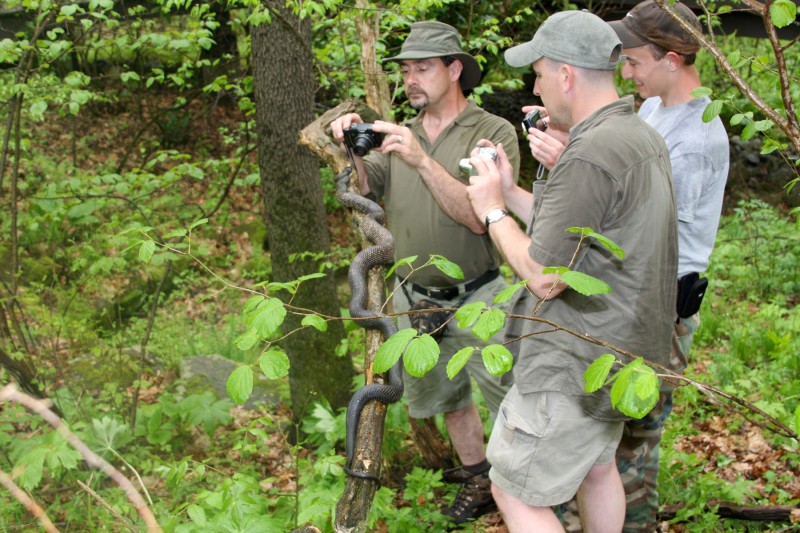
Ok, normally when I photograph a turtle, it’s just a wet turd-looking blob with head completely hidden. This one, however, I actually like. Thanks, little damselfly, for coming in and making just a little spot of interest to an otherwise ho-hum picture.
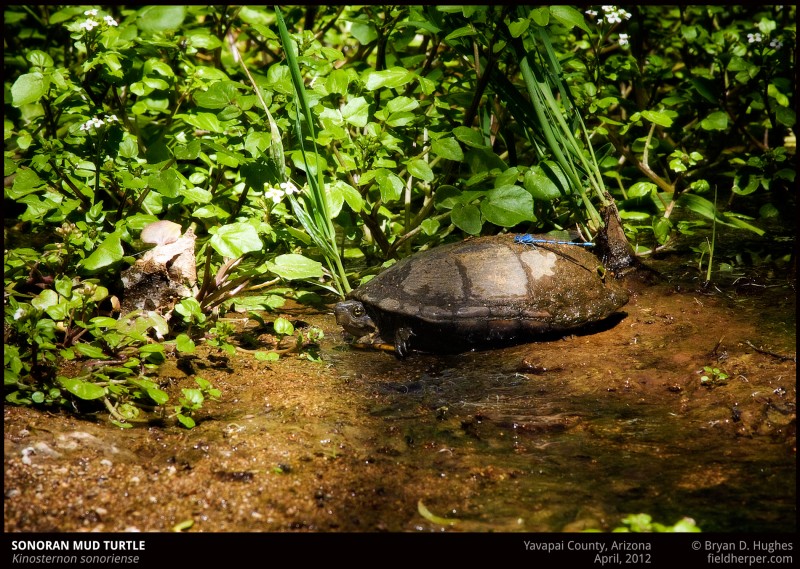
This Western diamondback is a bit on the simple side, but not atypical of how these guys look in this area between Arizona and New Mexico, or the central clade as I’ve seen it referred to. In this area near the continental divide, the two halves of Western Diamondback squeeze through a relatively narrow band, and some interesting variation in pattern and color happen. This is just one example; in the daytime, this snake will look totally different.
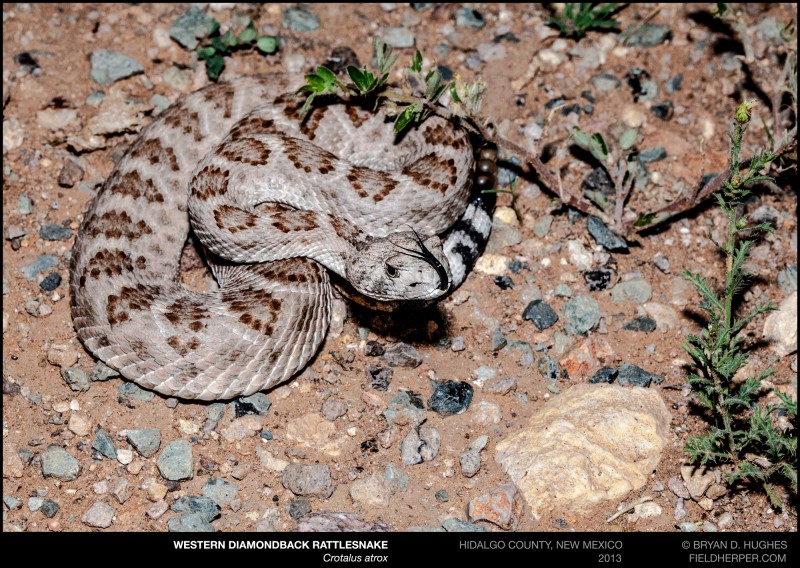
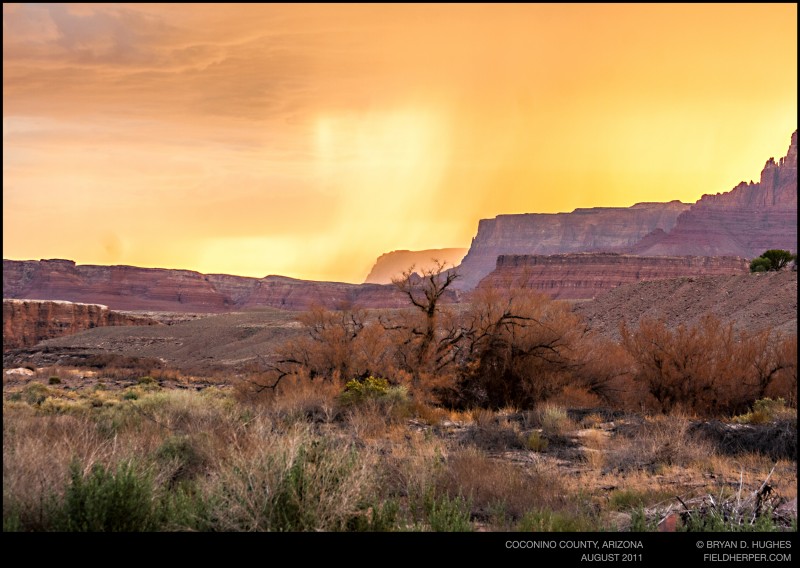
We saw this big diamondback out crawling around in the late afternoon in February. Western Diamondbacks can be seen on their first trips away from winter densites that time of year, though this one was headed out a bit further than I’d expect him. He’s a large snake I’ve seen many times in one of the city parks, living in a hole just 10 feet or so from a very busy trail. Much like many of the very large rattlesnakes that I have seen, he doesn’t like to rattle, and just crawls along his way if given the chance. Unlike a lot of the snakes in that particular wash, he’s looking very healthy, and I look forward to seeing him again this summer.
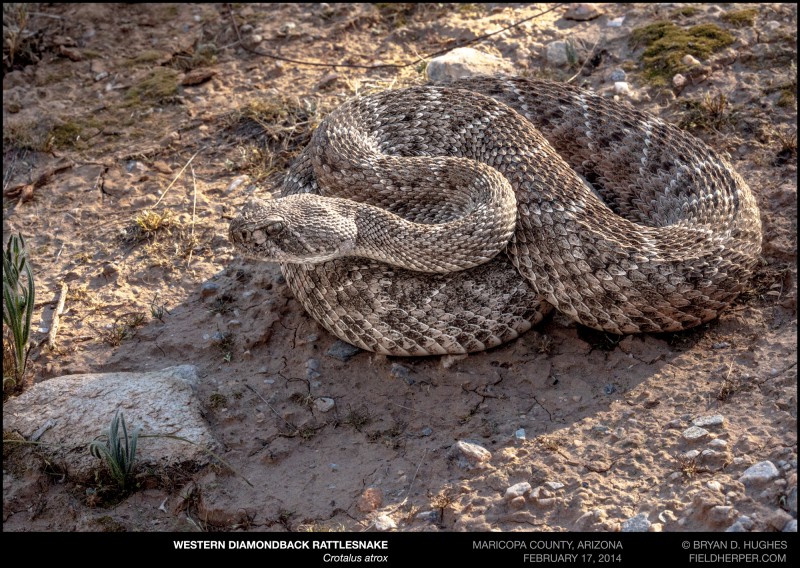
Driving fast along the base of these mountains, as I’m sure many of you have done, trying to outpace the rain and keep hunting. This is an amazing place.
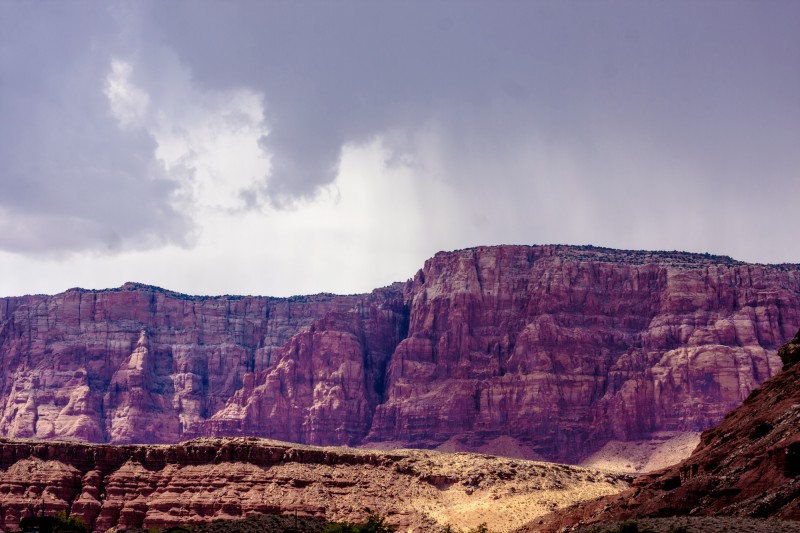
Audio-terrorists are abundant in the late summer. It’s always funny how many of these my rattlesnake removal hotline gets calls for each season, with people believing the crazy uncle stories that there are rattlesnakes in the trees waiting to rain down venomous fury on anyone dumb enough to walk by.
Ya.
They also have a tendency to fly in big groups from trees to bright lights attached to a guy’s forehead at night in the canyons. That part is no good.
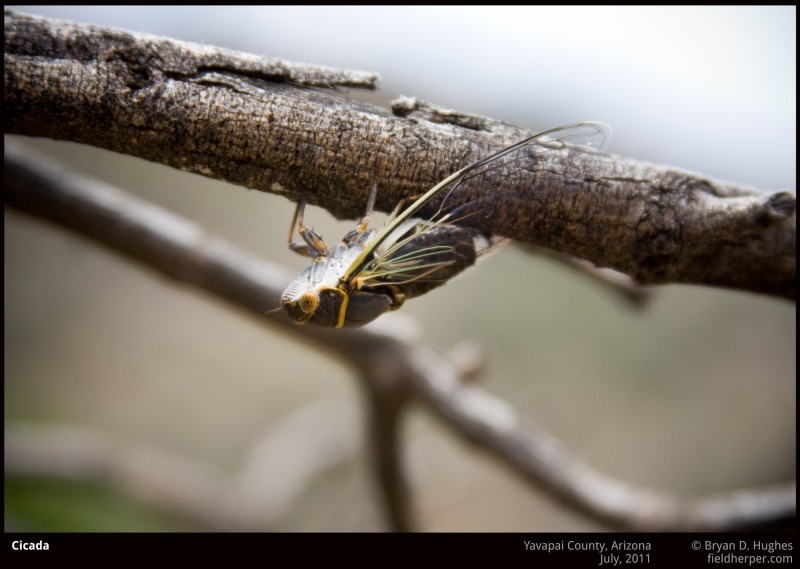
These fat little guys are always abundant in a favorite spot to look for Grand Canyon rattlesnakes. Of all the Woodhouse toads I’ve seen, this locale is the most bland and monotone, but lazy afternoons after a long morning of canyon hiking produces some photography time.
